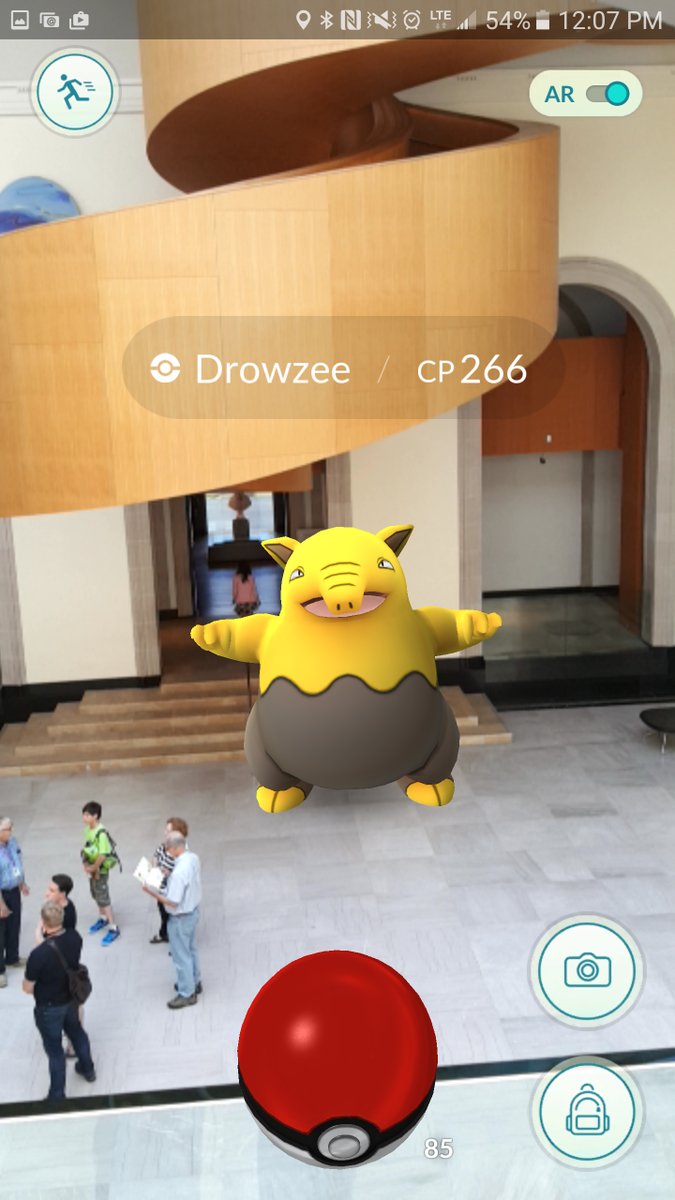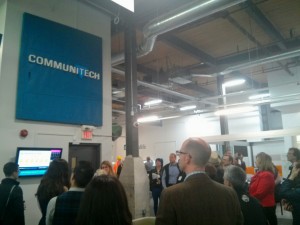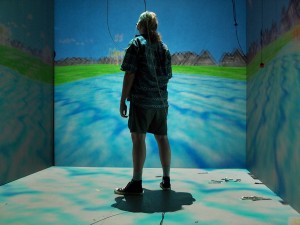The Honourable Eleanor McMahon, Minister of Tourism, Culture and Sport and the Government of Ontario have officially launched the Ontario150 funding programs as part of the celebrations of the 150th anniversary of the province’s place in Canada in 2017.
The Ontario150 program is a series of events and initiatives that will stretch to every corner of our province, showcasing Ontario’s innovative spirit, our culture and our community diversity.
There are three application-based Ontario150 grant programs. They include:
- The Community Celebration Program —a $7 million fund to help communities celebrate this historic year (application period opens July 6 and closes September 2, 2016).
- The Partnership Program — a $5 million program to support new partnerships and collaborations that engage, enable and empower youth as the next generation of Ontario leaders (application period opens July 6 and closes September 30, 2016);
- And the Community Capital Program — a $25 million fund to renovate, repair and retrofit existing community and cultural infrastructure to increase access, improve safety and maximize community use (application period opens July 18 and closes September 14, 2016)
The Community Capital Program is a one-time $25 million program of the Government of Ontario that is administered by the Ontario Trillium Foundation (OTF) and will award one-year grants that range from $5,000 to $500,000 to support local capital needs.
This program will strengthen communities by repairing, renovating and retrofitting existing infrastructure to better address the diverse needs of Ontario communities while fostering economic growth.
The application deadline for the Ontario150 Community Capital Program is September 14, 2016 at 5 p.m. ET.
Organizations that are already registered with OTF and verified as eligible to apply for OTF funding will automatically be eligible to apply for the Ontario150 Community Capital Program.
Organizations that would normally be eligible for OTF funding but are not registered yet can register with OTF now.
Beginning July 18, 2016, applications will be available through the registrants’ portal in order to submit an application by the September 14, 2016 deadline.
Please visit www.otf.ca/Ontario150 to learn more about the program, read the application guide, access the calendar of outreach activities as well as the application form questions before the online application system goes live on July 18.




 So Pokémon may have gotten visitors in your door.. but how do arts organizations ‘catch’ this elusive audience?
So Pokémon may have gotten visitors in your door.. but how do arts organizations ‘catch’ this elusive audience? 

 The Canadian War Museum is also embracing digital and are currently developing a
The Canadian War Museum is also embracing digital and are currently developing a 